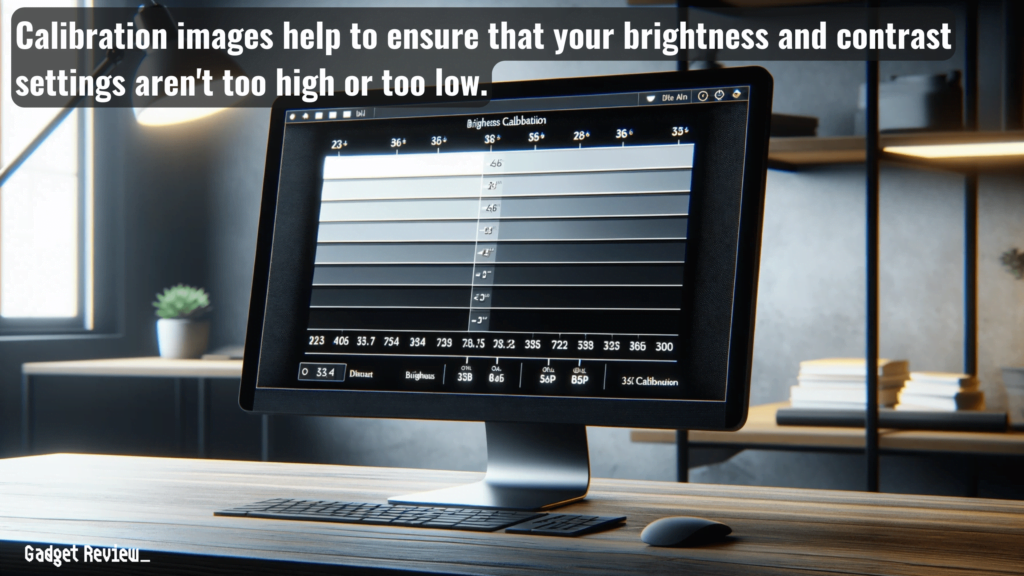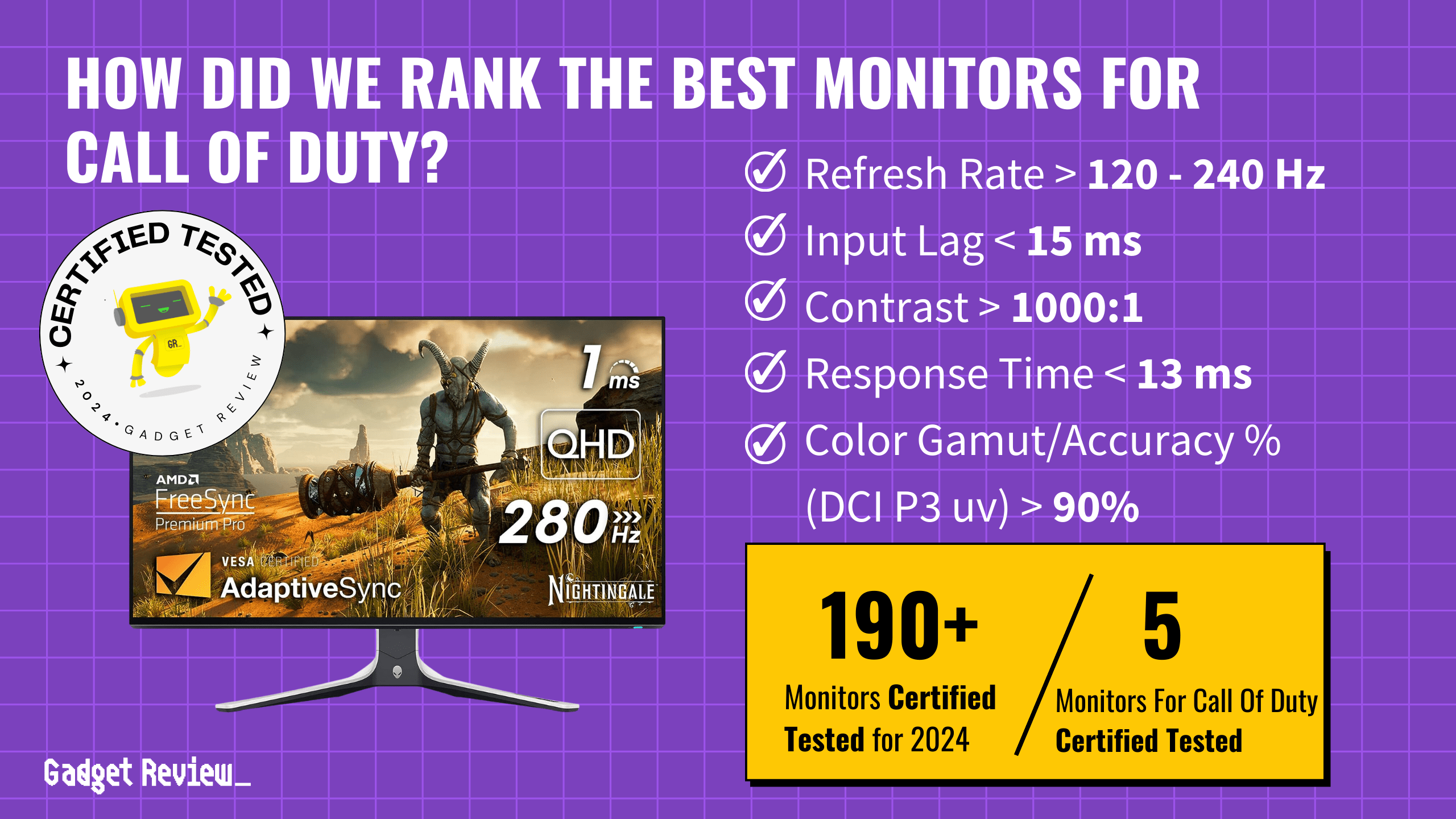When gaming, the brightness of your monitor can significantly impact your visual experience. A well-calibrated screen not only enhances image clarity and color depth but also contributes to a comfortable gaming session. We will explore the ideal brightness settings for great gaming monitors, balancing various factors like ambient light, personal preference, and game settings. Whether you’re a gamer seeking a competitive edge or a casual player looking for an immersive gaming experience, understanding the role of brightness, contrast, and color performance is crucial.
Key Takeaways_
- Constantly adjust your screen to be brighter when your room is bright and dull if the room is dark.
- An HDR monitor can automatically adjust your screen’s brightness to provide a comfortable experience in your environment.
- The wrong brightness settings can limit your chances of winning a competitive game.
Remember, it’s also important that you have the right size monitor for your needs. If curious, you can check out our page on the monitor size pro gamers use. A variable refresh rate is also important and should be considered before you purchase a monitor.
Ideal Brightness Settings for Gaming

The ideal brightness level for gaming monitors varies based on several factors, including the game’s lighting effects and the room’s lighting conditions.
Generally, a brightness setting of around 120-150 nits provides a balance between visibility and comfort. However, this can vary based on personal preference and specific gaming environments.
For instance, horror games might benefit from lower brightness for a more atmospheric experience, while competitive games might require higher brightness for better visibility.
Understanding Monitor Brightness
Monitor brightness, measured in nits of brightness, is a key factor in determining image quality on your screen.
It affects the visibility of details and the range of colors displayed. A brighter screen can offer vibrant visuals, but excessive brightness levels can lead to eye strain.
Conversely, a screen with minimum brightness might provide darker blacks but can compromise on brighter highlights and overall visibility.
Understanding the context of gaming monitors and how backlight technology influences brightness is essential for optimal settings.
Balancing Brightness with Contrast
Balancing brightness with contrast is crucial for an immersive gaming experience. Contrast affects how bright whites and dark blacks appear on your screen, influencing the dynamic range and overall visual clarity.
A general rule is to set the monitor’s contrast between 60% to 70%, adjusting it along with brightness to achieve the best visual experience for gaming.
This balance ensures that the game’s graphics are displayed with optimal color performance and depth.
Personalization and Environment Considerations

Personal preference plays a significant role in determining the ideal brightness and contrast settings. Gamers should consider their comfort levels and the ambient light in their gaming setup.
Adjustments might be needed for different lighting conditions throughout the day or for different panel types. Additionally, gaming preferences, such as the desire for more vibrant visuals or a focus on motion blur reduction, can influence these settings.
For those seeking precision, calibration images and software tools can be used to fine-tune monitor settings.
Adjusting color temperature and using light filters can further enhance the gaming visuals. Some high-end gaming monitors, like those from Alienware, offer advanced settings for peak brightness and color performance, allowing gamers to tailor their experience to their specific gaming preferences.
STAT: A DisplayHDR 400 screen can have 400 nits of brightness but only needs a color depth of 8-bit color and a 95% sRGB color gamut. (source)
Using a monitor with an sRGB mode can be particularly beneficial for gamers who also engage in content creation or digital art, as it ensures color accuracy across various applications.
Common Myths and Misconceptions
There are several misconceptions about monitor brightness in gaming.
One common myth is that maximum brightness provides the best image quality. However, this is not always the case, as too much brightness can wash out colors and cause eye strain.
Another misconception is that the default setting is always the best. In reality, most monitors require some adjustments for optimal gaming visuals.
In conclusion, the ideal brightness for gaming monitors depends on a blend of technical settings and personal preferences.
Understanding the role of brightness, contrast, and other settings in the context of gaming monitors is key to achieving a balance that suits your gaming style and environment.
Remember, the goal is to enhance your gameplay and to have a comfortable gaming experience.



























